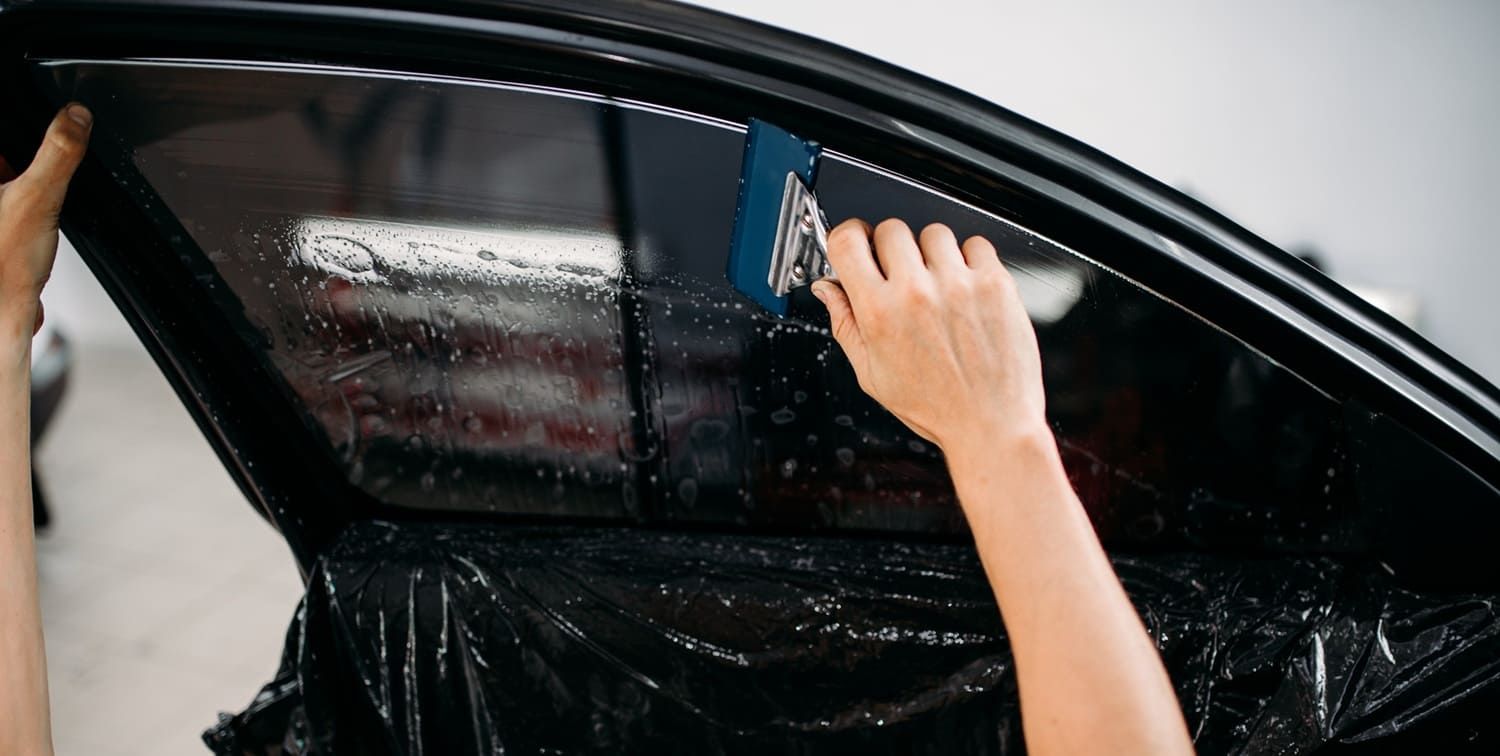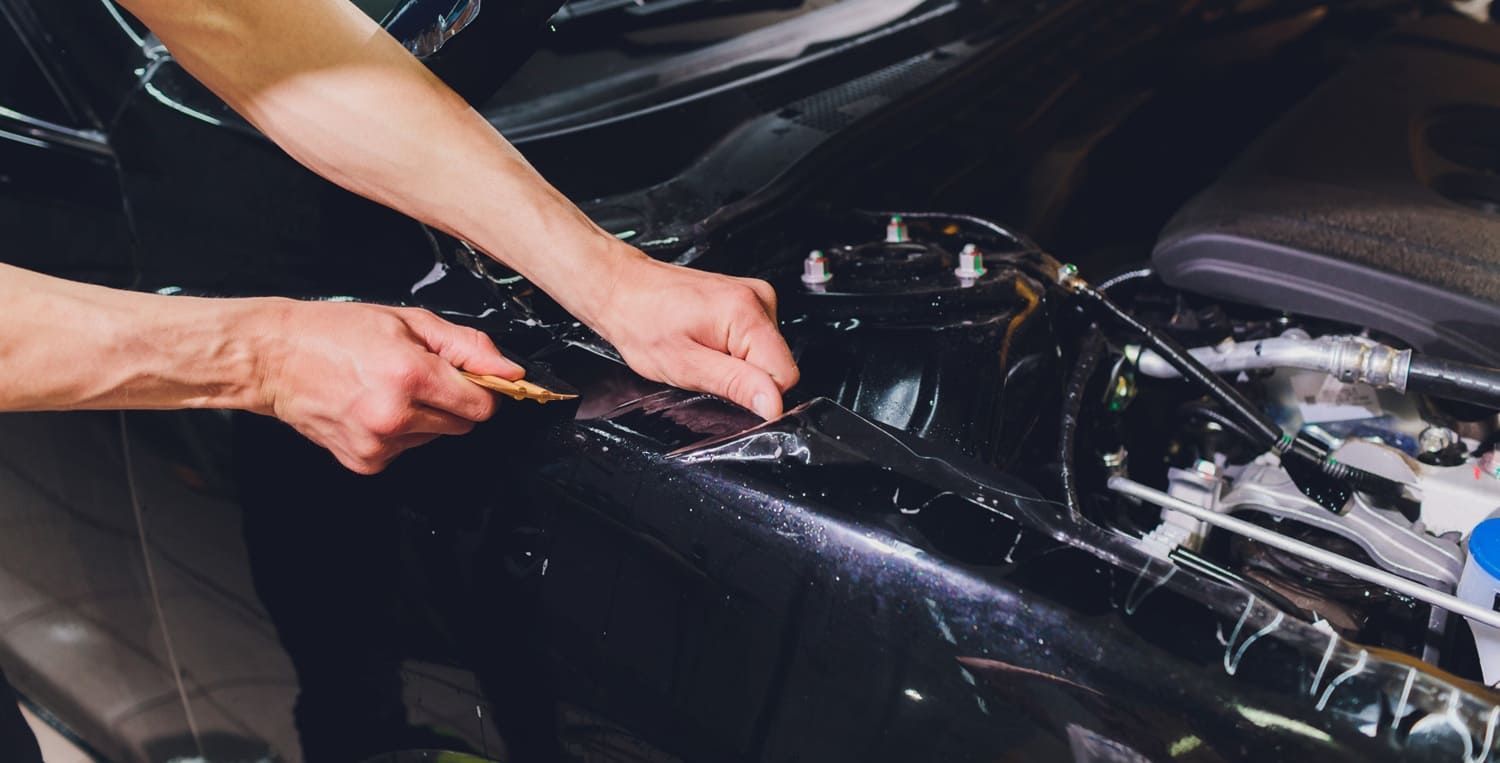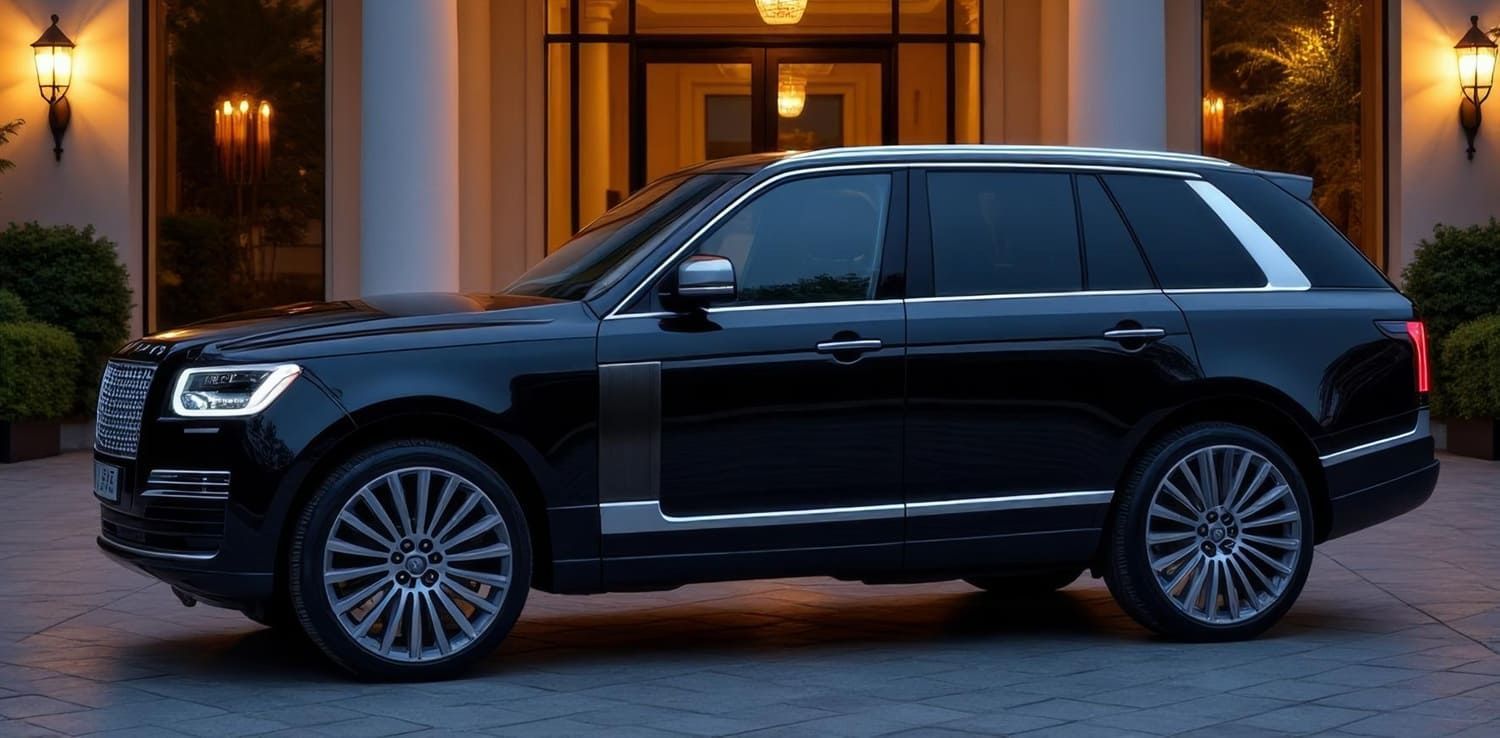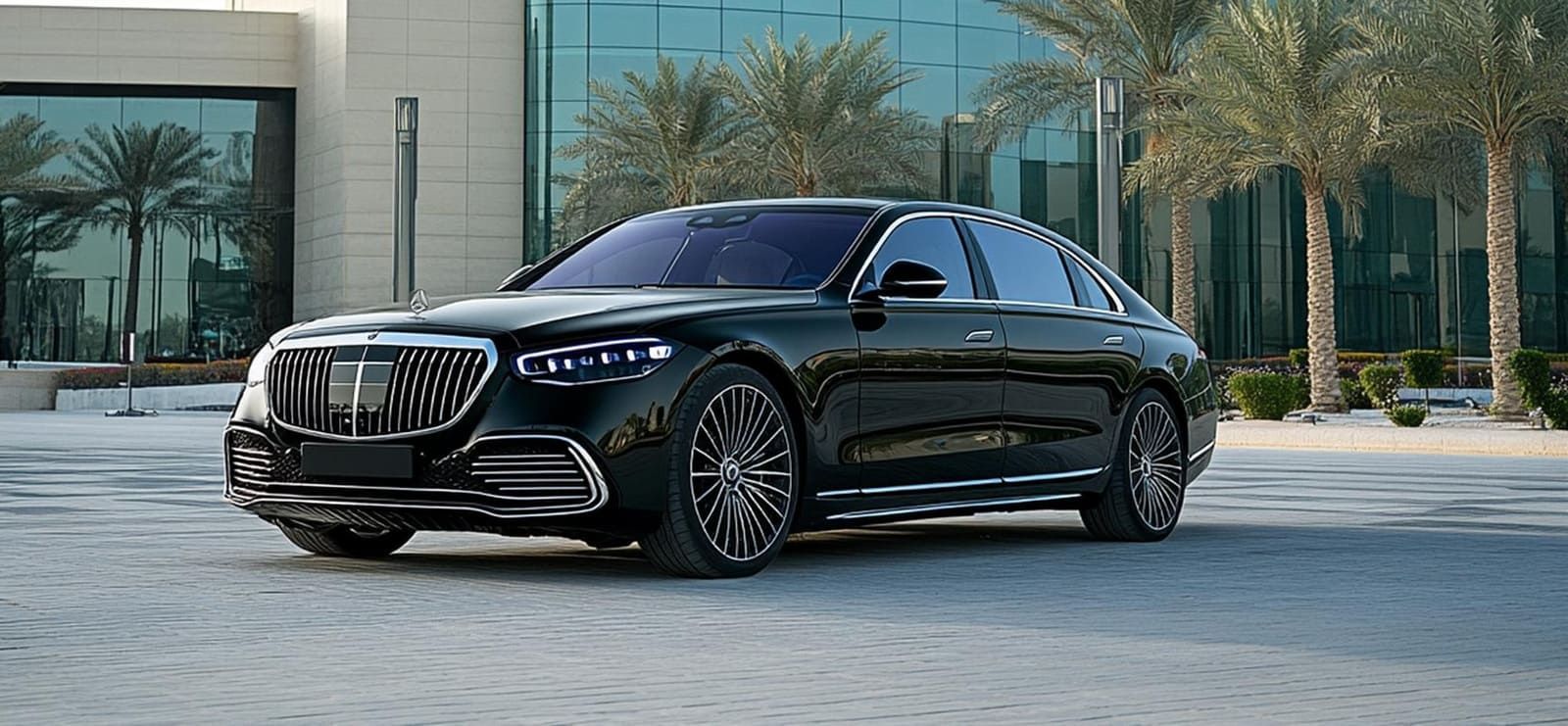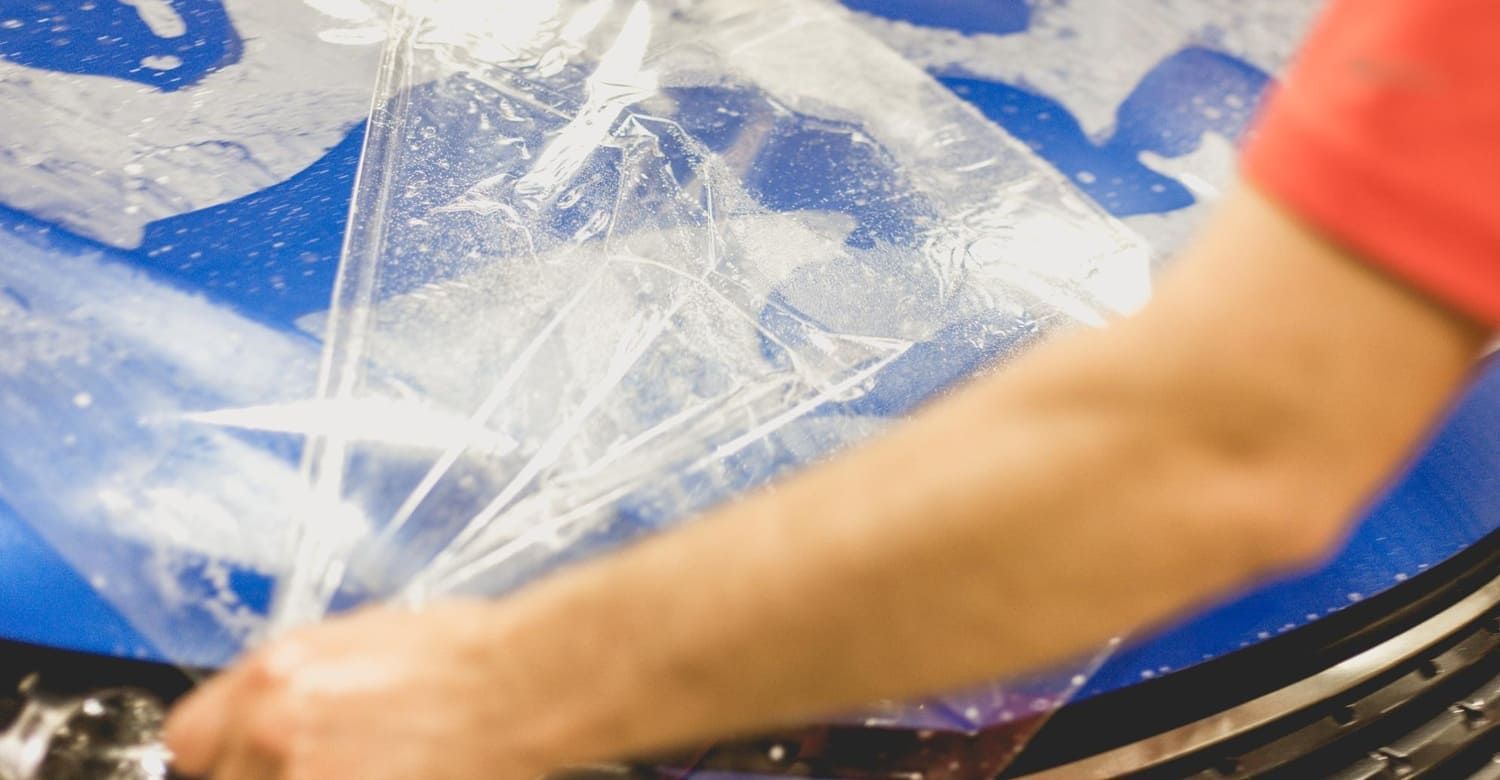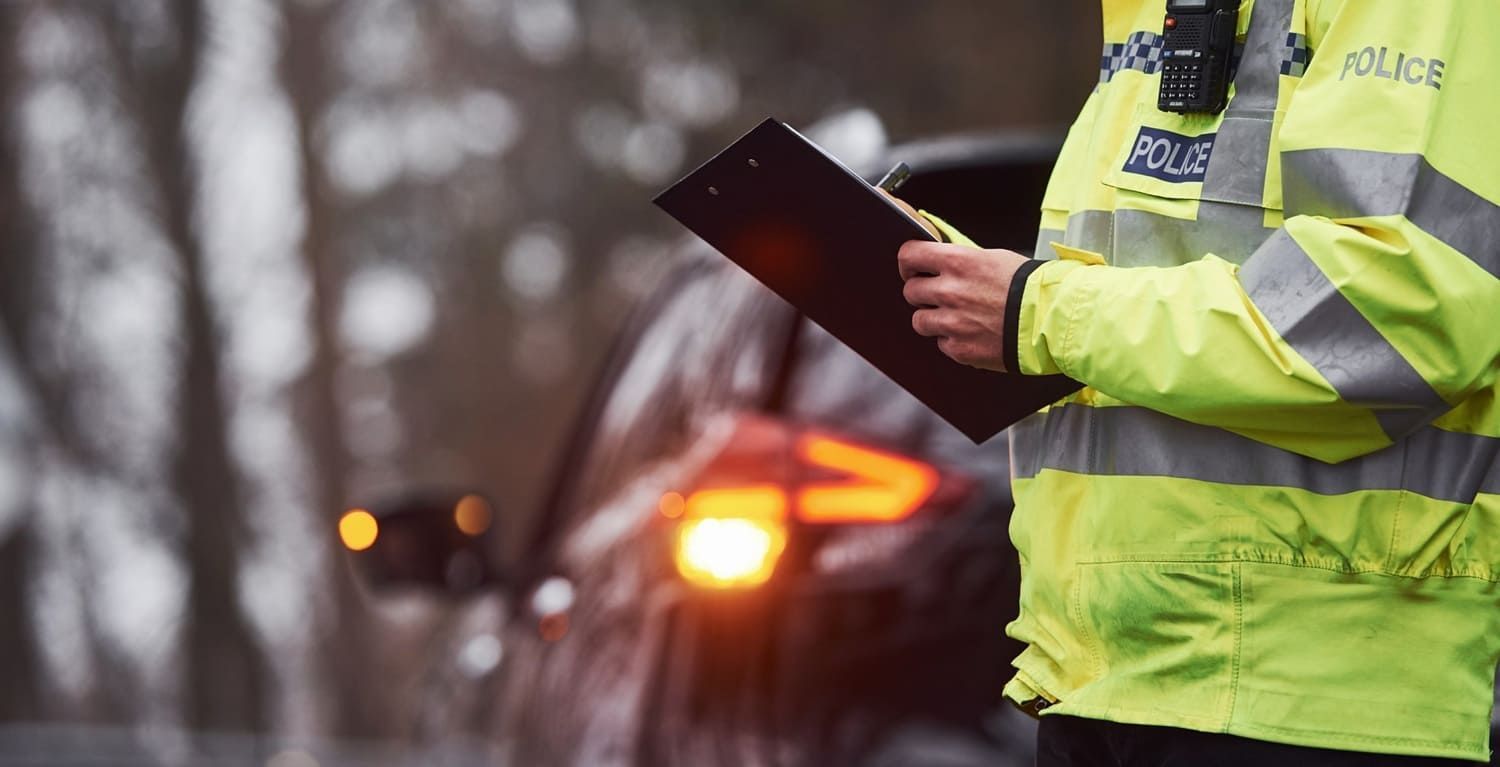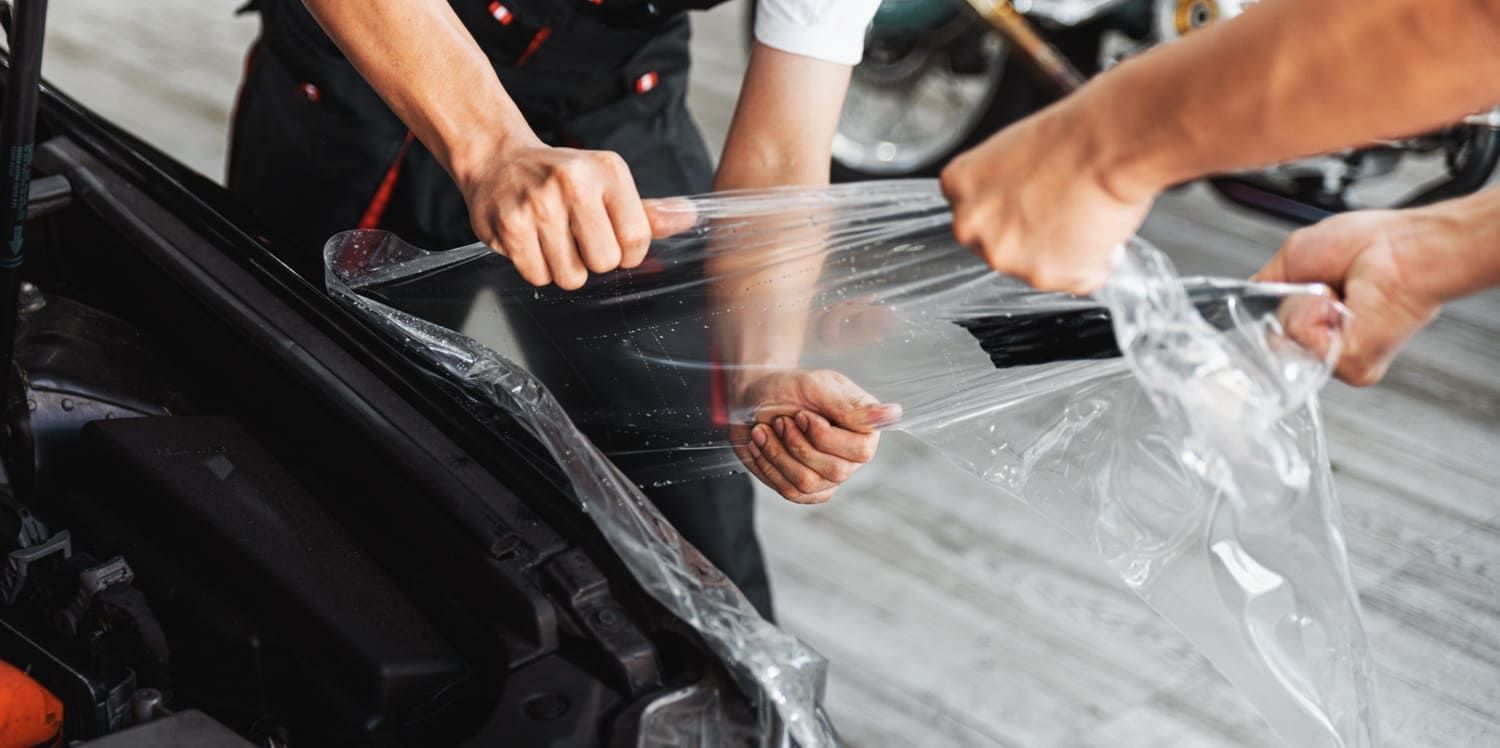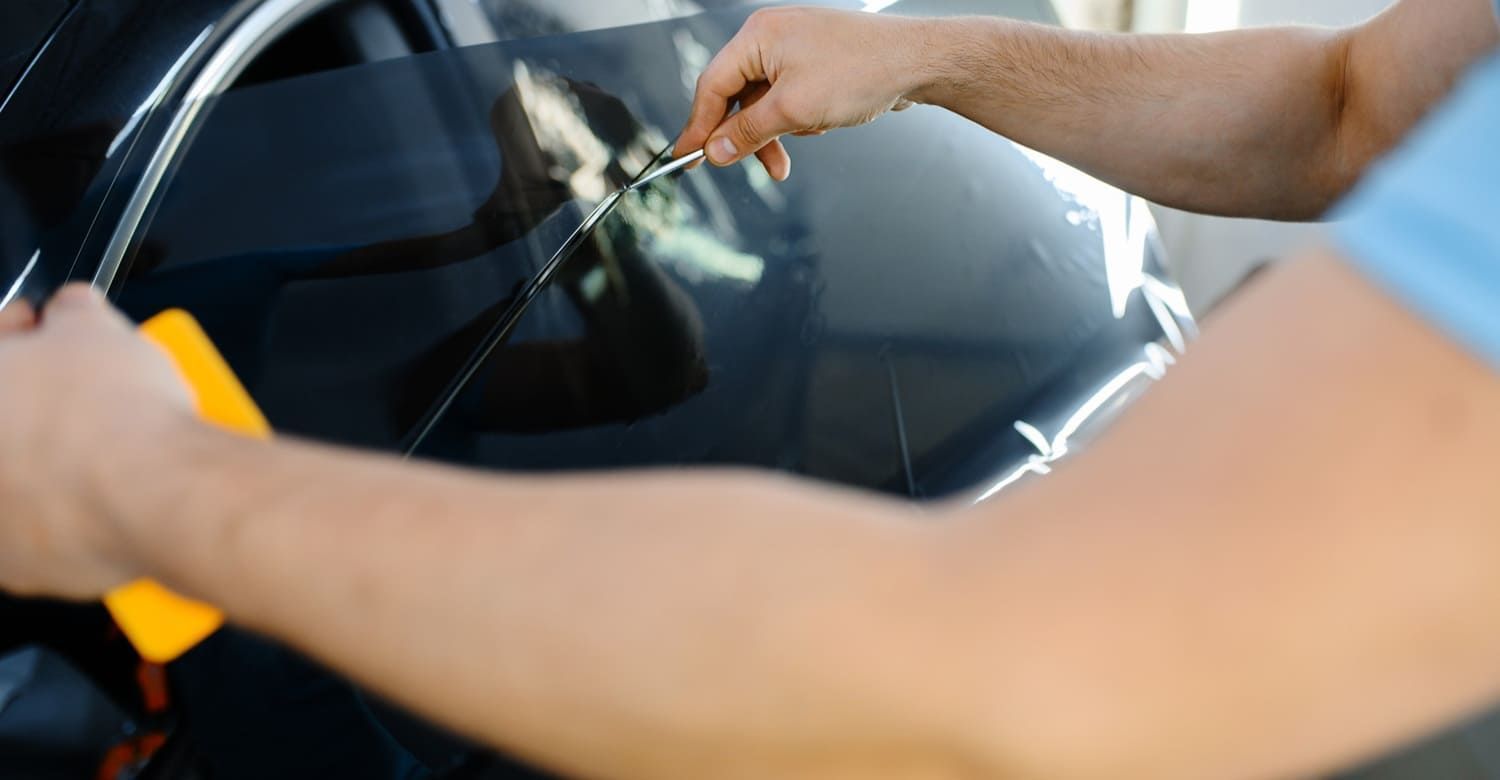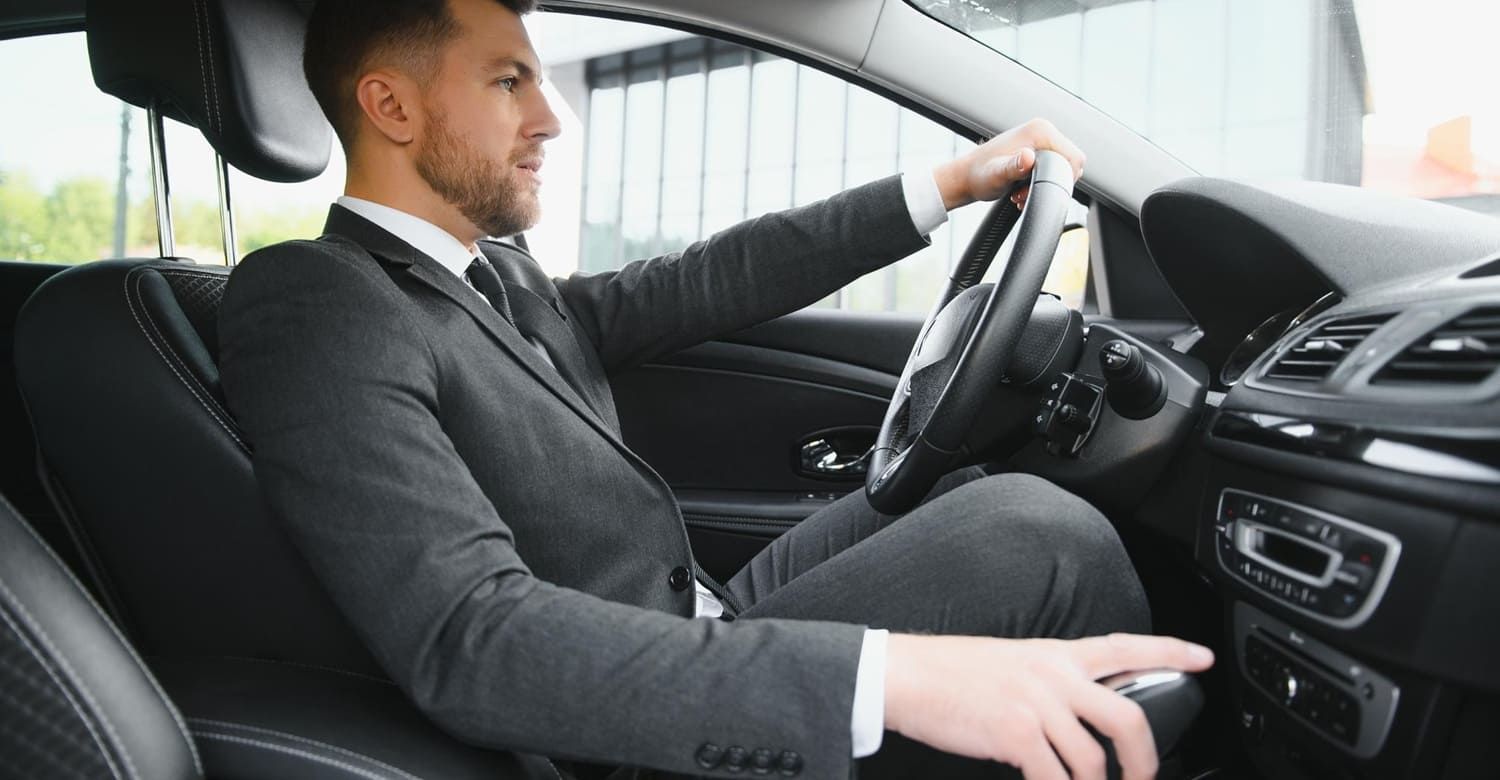5 Mistakes People Make When Applying Window Tint
CGT Blogger • May 6, 2022
Some things are better left to professionals, and that goes for applying window tint as well. Learn mistakes you can make with DIY window tinting.

The car tinting market is set to reach
US$1,679.2 million by 2027
. Window tinting protects your eyes from UV. It saves your interiors from bleaching, and it adds style to your car.
Applying window tint yourself can be tempting. You think you can save money, even time by doing DIY. But professional window tinting takes training, quality materials, and experience.
Window tinting the wrong way, with cheap materials can cost you. Knowing how to add window tint to your car is a skill and one which you may regret trying yourself.
There is no substitute for professional window tinting. But knowing what to avoid when applying window tint is handy. We have a guide to help you swerve costly blunders.
Read on for 5 common window tinting mistakes.
DIY tinters set out to tint their windows, but they lack a clear goal. They might buy the wrong tint for the job or fail to learn local laws. Window tinting jobs need special care to be effective.
Applying window tint without a plan is a recipe for a blunder. You may save cash now, but you could have a bunch of expenses later, not to mention headaches.
Window tinting professionals plan how to add window tint to your car. They have done this countless times, and they know the drill. Sure, you can follow instruction manuals and videos, but you lack a key tool: experience.
Prime suspects are cheap films applied with cheap adhesives. You paid hard-earned cash for your car, so why spoil it with subpar window tinting . You may save a few dollars, but how long will it last?
Cheap window tinting film can peel off after a few weeks. This can be even faster if you drive a lot or live in a harsh climate. Once your film starts to peel, it will affect the look and safety of your car.
UV protection can be inferior to premium car tinting films. How confident are you that cheap film will protect your eyes?
Another factor is visibility. Cheap car tinting films can turn cloudy after a few weeks of sun. Once it has bonded with your windows, you will need to remove it, clean your glass, and add new film.
Safety is the main concern, more so in low light conditions. You may miss road hazards or worse. But there's more to it than the road.
Drivers with dark tinted windows can conceal items inside their cars. This makes it hard for police to identify them. This looks suspect, and it may result in a stop and search action.
Police officers use tools to assess light levels passing through your windows. If your levels are too low, you can find yourself in legal trouble. This could be at the worst time, like on the way to work or heading to a family event.
The money saved on your DIY window tinting could cost you down the line. Tinting professionals know local laws . They can help you avoid window tinting mistakes that could land you in legal trouble.
Applying car tinting film over the muck stops the adhesive from bonding with your glass. It's like sticking a screen protector to a dirty phone. You will get lumps, bubbles, and areas prone to peeling.
Visibility will suffer too. Tinting film seals in anything between it and the glass. It may look fine in low light, but once the sun hits it, it will drive you crazy.
Professionals clean your windows for crystal clarity before applying window tint. They have the right cleaning tools and chemicals. Your car will dry in a dust-free environment until it is ready for window tinting.
One of the benefits of window tinting is that the film protects your windows. Exposing your window tinting to the elements too soon can damage it. You can stop it from bonding or stain your window cloudy.
You need to avoid rolling down your windows for a few days after applying window tinting. This helps stop peeling and abrasive damage. Car washes are the enemies of fresh window tinting, so avoid them until it has set.
Window tinting professionals make sure your car is road-ready. They have this down to precise figures. Investing in a quality service gives you safe window tinting that lasts.
Need glass tinting near Gainesville and North Central Florida? Our team at Custom Glass Tinting has been applying glass tint for our clients since 1981. We are family-owned, and we love what we do.
We specialize in Custom Glass Tinting . Whatever you need, we will make sure you get the best. We offer custom tints for your car, home, and business.
Get your free estimate today!
Applying window tint yourself can be tempting. You think you can save money, even time by doing DIY. But professional window tinting takes training, quality materials, and experience.
Window tinting the wrong way, with cheap materials can cost you. Knowing how to add window tint to your car is a skill and one which you may regret trying yourself.
There is no substitute for professional window tinting. But knowing what to avoid when applying window tint is handy. We have a guide to help you swerve costly blunders.
Read on for 5 common window tinting mistakes.
1. Tinting in the Dark
Window tinting professionals have a goal when they apply tints. They discuss with a customer what they want to achieve. UV-protective tints, style tints, and lighting tints all need different films and methods.DIY tinters set out to tint their windows, but they lack a clear goal. They might buy the wrong tint for the job or fail to learn local laws. Window tinting jobs need special care to be effective.
Applying window tint without a plan is a recipe for a blunder. You may save cash now, but you could have a bunch of expenses later, not to mention headaches.
Window tinting professionals plan how to add window tint to your car. They have done this countless times, and they know the drill. Sure, you can follow instruction manuals and videos, but you lack a key tool: experience.
2. Using Cheap Materials
One of the benefits of DIY is the money it can save you. Some things are fine to DIY: minor repairs, gardening, and flat-pack furniture. Window tinting stands out from this bubble; it needs quality materials and attention.Prime suspects are cheap films applied with cheap adhesives. You paid hard-earned cash for your car, so why spoil it with subpar window tinting . You may save a few dollars, but how long will it last?
Cheap window tinting film can peel off after a few weeks. This can be even faster if you drive a lot or live in a harsh climate. Once your film starts to peel, it will affect the look and safety of your car.
UV protection can be inferior to premium car tinting films. How confident are you that cheap film will protect your eyes?
Another factor is visibility. Cheap car tinting films can turn cloudy after a few weeks of sun. Once it has bonded with your windows, you will need to remove it, clean your glass, and add new film.
3. Breaking State Laws
The density of your tint affects your visibility of the road. States have their own laws about tint percentages.Safety is the main concern, more so in low light conditions. You may miss road hazards or worse. But there's more to it than the road.
Drivers with dark tinted windows can conceal items inside their cars. This makes it hard for police to identify them. This looks suspect, and it may result in a stop and search action.
Police officers use tools to assess light levels passing through your windows. If your levels are too low, you can find yourself in legal trouble. This could be at the worst time, like on the way to work or heading to a family event.
The money saved on your DIY window tinting could cost you down the line. Tinting professionals know local laws . They can help you avoid window tinting mistakes that could land you in legal trouble.
4. Applying Window Tint to Dirty Glass
This sounds obvious, but it would shock you how many DIY tinters skip cleaning. Even if your window looks clean, it needs a wash before you apply any film to it. This helps adhesion and saves issues later.Applying car tinting film over the muck stops the adhesive from bonding with your glass. It's like sticking a screen protector to a dirty phone. You will get lumps, bubbles, and areas prone to peeling.
Visibility will suffer too. Tinting film seals in anything between it and the glass. It may look fine in low light, but once the sun hits it, it will drive you crazy.
Professionals clean your windows for crystal clarity before applying window tint. They have the right cleaning tools and chemicals. Your car will dry in a dust-free environment until it is ready for window tinting.
5. Driving with Wet Window Tinting
We know you want to show off your new window tinting. But window tinting takes time to set, dry, and bond with your glass before your take it for a spin. Driving your car too soon can ruin all our hard work.One of the benefits of window tinting is that the film protects your windows. Exposing your window tinting to the elements too soon can damage it. You can stop it from bonding or stain your window cloudy.
You need to avoid rolling down your windows for a few days after applying window tinting. This helps stop peeling and abrasive damage. Car washes are the enemies of fresh window tinting, so avoid them until it has set.
Window tinting professionals make sure your car is road-ready. They have this down to precise figures. Investing in a quality service gives you safe window tinting that lasts.
Looking for Custom Glass Tinting?
We hope our guide to applying window tint cleared up the mistakes to avoid. Window tinting can be tricky, and saving money now can cost you later. Use quality film, apply it to clean glass, and abide by state laws.Need glass tinting near Gainesville and North Central Florida? Our team at Custom Glass Tinting has been applying glass tint for our clients since 1981. We are family-owned, and we love what we do.
We specialize in Custom Glass Tinting . Whatever you need, we will make sure you get the best. We offer custom tints for your car, home, and business.
Get your free estimate today!

